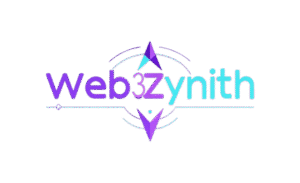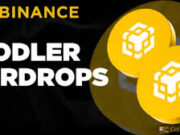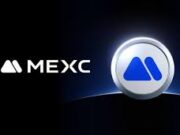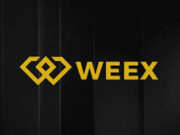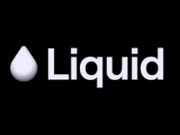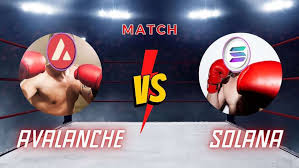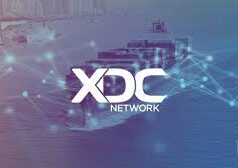In today’s Layer-1 blockchain wars, two names dominate the conversation: Solana and Avalanche. At first glance, both promise high-speed, low-cost transactions—but their strategies couldn’t be more different. Solana leans into raw throughput, while Avalanche bets on modular scalability. Let’s unpack what that means for developers, users, and long-term viability.
1. The Philosophies: One Global Chain vs a Network of Subnets
- Solana is built on a monolithic, high-performance architecture. Its signature consensus combo—Proof of History (PoH) paired with Proof of Stake (PoS)—disorders communication and boosts speed. The goal? Vast throughput within a single unified state.(MarketCapOf, Crypto.com)
- Avalanche, by contrast, embraces horizontal scaling. Its architecture comprises three integrated chains—X-Chain, C-Chain, and P-Chain—and supports subnets, customized mini-chains with their own VMs, consensus rules, and validator pools. This allows tailored solutions across industries or workloads.(MarketCapOf, Medium, Wikipedia, Wikipedia)
Bottom line: Solana bets on massively fast global state, while Avalanche opts for scalable ecosystems of chains.
2. Throughput & Latency: Reality vs Theory
Here’s how their speed compares across metrics:
| Metric | Avalanche (C-Chain) | Solana |
|---|---|---|
| Real-time TPS | ~4.8 TPS | ~1,144 TPS average (Trade Santa, amp.coincodex.com) |
| Max Theoretical TPS | ~1,191 TPS | ~65,000 TPS (Trade Santa, Chainspect, Medium) |
| Max Observed TPS | ~123 TPS (100-block span) | ~4,709 TPS (Chainspect) |
| Block Time | ~1.3–1.5 s | ~0.39–0.4 s (Trade Santa, Crypto.com, Chainspect) |
| Finality | ~1–2 s | ~0.4–0.6 s (but real-world ~10–13 s) (Trade Santa, Chainspect, amp.coincodex.com) |
Takeaway:
- Solana clearly wins on throughput and block speed.
- Avalanche lags individually—but with subnets, it scales horizontally, allowing potentially tens of thousands TPS per subnet.(analyzecoin.com, Reddit)
3. Network Architecture & Trade-Offs
Solana: One Chain to Rule Them All
- Pros: Global state = atomic composability across all apps. Ideal for DeFi and rapid interactions.(Medium)
- Cons: Heavy hardware requirements, risk of centralization, and past outages.(Medium, Reddit)
Avalanche: Custom, Modular, Scalable
- Pros: Subnets allow regulators, enterprises, or high-TPS apps to run independent chains with tailored rules.(Medium, Reddit)
- Cons: Each subnet is isolated—requiring bridges or protocols for cross-chain interaction. Ecosystem fragmentation can subvert liquidity and composability.(Medium)
4. Ecosystem & Developer Experience
- Solana:
A mature ecosystem with DeFi, gaming, NFTs, wallets, and developer tools like Anchor and Sealevel. But developer caution lingers due to occasional downtime.(Medium, arXiv, Reddit) - Avalanche:
Offers EVM-compatibility via C-Chain (nice for Solidity devs), plus the liberty of custom VMs via HyperSDK and subnets. Real-world projects and enterprise pilots (e.g., tokenized assets, AWS partnership) reinforce its growth.(Wikipedia, Wikipedia, Reddit, analyzecoin.com)
5. Developer Insights & Community Sentiment
- On Avalanche: “It’s super fast…, consistent 2-second finality… high fault tolerance… EVM-compatible…”(Reddit)
- On Solana: Reports of Denial-of-Service during high loads… suggesting many on-chain entries are consensus-related overhead rather than real transactions.(Reddit)
6. Real-World Use Cases
- High-frequency apps (DeFi, gaming, streaming) → Solana shines with low latency and composability.
- Enterprise use cases, compliance-heavy apps, segregated environments → Avalanche excels, thanks to subnets and customization.
7. Final Thoughts: Striking the Balance
In the Speed vs Scalability battle:
Solana delivers unmatched real-time speed and developer convenience—but trades centralized tendencies and occasional instability.
Avalanche offers thoughtful architectural scalability, security, and customization through subnets—but with complexity and ecosystem fragmentation risks.
Choose Solana if you:
- Want massive TPS today and seamless composability.
- Are building DeFi or apps where speed is paramount.
Choose Avalanche if you:
- Need flexibility, security, and regulated or segmented environments.
- Plan to scale across tailored chains or integrate enterprise-grade features.
Sources
- Performance, TPS, block time, finality:(Chainspect, Trade Santa, Crypto.com, amp.coincodex.com, AstroGrow, Medium, ICO Desk | Crypto News, analyzecoin.com)
- Architecture & consensus:(MarketCapOf, Medium, Wikipedia, Wikipedia, Reddit, arXiv)
- Ecosystem, tooling, dev sentiment:(Medium, Wikipedia, Reddit, arXiv)
